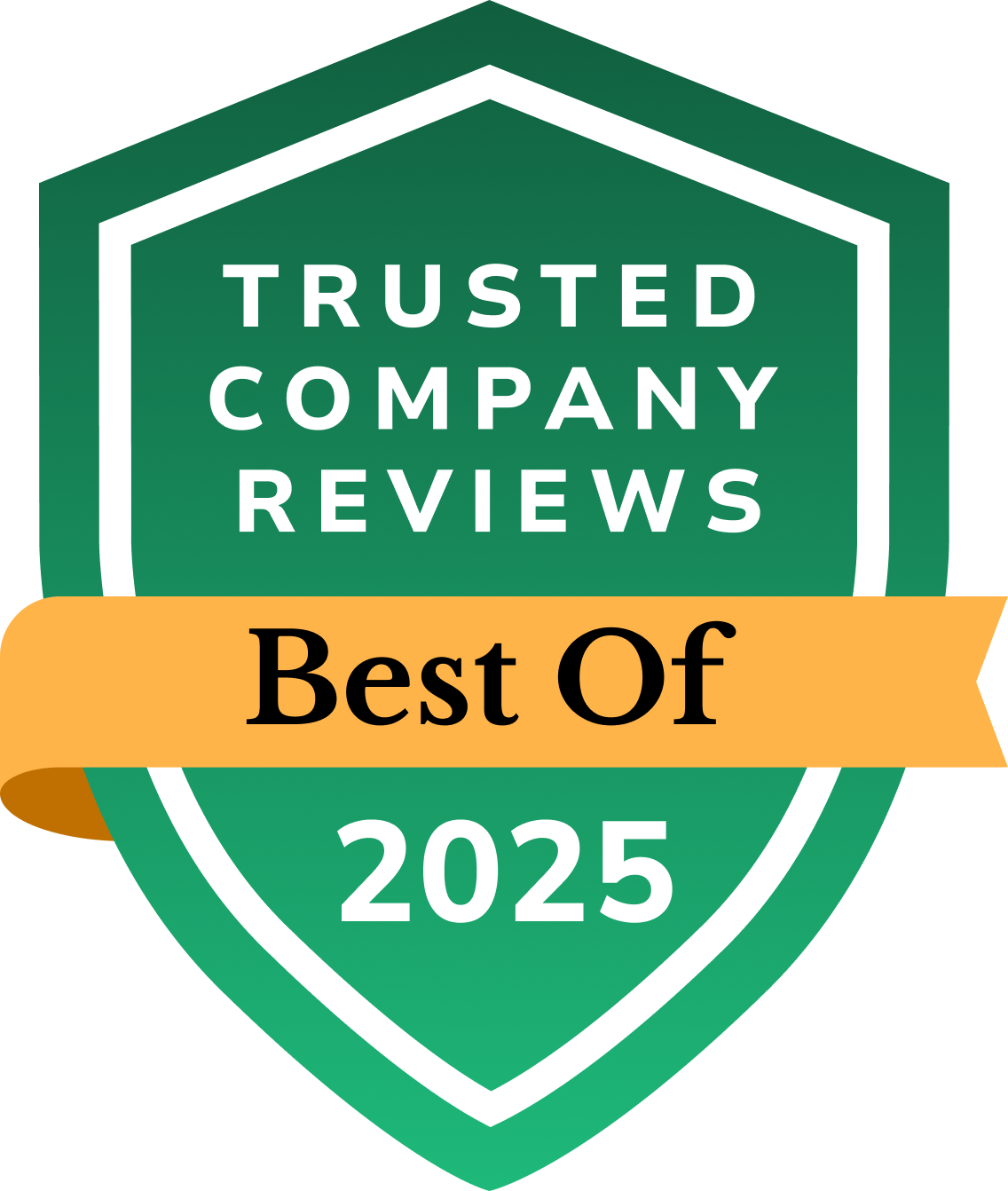Trustedcompanyreviews.com offers free content, reviews and ratings for consumers to read, aimed at helping them compare their options. We may receive advertising compensation from companies featured on our website, influencing the positioning and sequence in which brands (and/or their products) are displayed, as well as affecting the assigned ratings. Please note that the inclusion of company listings on this page does not constitute an endorsement. We do not feature all available providers in the market. With the exception of what is explicitly outlined in our Terms of Service, we disclaim all representations and warranties regarding the information presented on this page. The details, including pricing, displayed on this site may undergo changes at any time.
A Homeowner’s Step-by-Step Guide to Cut Debt and Ease Mortgage Stress
This guide walks homeowners through simple, proven steps to reduce debt, lower monthly payments, and take control of their mortgage and finances.
1. Create a Budget Plan
A well-planned budget is the foundation for managing a high mortgage payment and reducing financial stress. When you build a budget that fits your household, you’ll get a clear view of what happens to your money, which will make it easier to prioritize essentials and cut unnecessary costs. Here’s how to start:
- List Your Income
Write down every source of monthly income, including paychecks, side hustles, or benefits. - List and Track Your Expenses
Make a spreadsheet or list of all of your expenses. Separate fixed costs like your mortgage, utilities, and insurance from variable ones, including groceries, gas, and entertainment. - Prioritize Housing and Essentials
Make sure your mortgage, utilities, food, and transportation come first in your budget. - Build Emergency Savings
Even small amounts matter. Setting aside $25 or $50 per paycheck creates a buffer that prevents you from relying on credit cards when unexpected expenses arise.
2. Consolidate Debt
One of the most effective ways to free up cash for your mortgage is to consolidate credit card debt. This strategy takes multiple debt obligations, such as credit cards, medical bills, and other unsecured loans, and rolls them into a single, more affordable payment.
By working with a reputable debt consolidation company, you can simplify your finances and often lower your interest rate, effectively reducing how much it costs to pay back what you owe.
Why Consolidation Helps
When you combine debts into one payment, it’s easier to keep track of balances and pay down debt faster. Consolidation can also:
- Reduce your overall interest rate
- Simplify your budget
- Shorten your repayment timeline
- Reduce financial stress and worry
Check your debt consolidation options through our top debt consolidation partner: Accredited.
3. Mortgage Refinancing
Another strategy to reduce financial strain is mortgage refinancing. By replacing your current home loan with a new one, you may be able to secure a lower interest rate, extend the repayment term, or change the loan type. Each of these options can help lower your monthly mortgage payments.
Why Consider Refinancing?
- Reduce interest costs: If rates are lower than when you bought your home, refinancing could save thousands over the life of the loan.
- Lower monthly payments: Extending the loan term spreads payments out, freeing up cash for other expenses, like making ends meet in your monthly budget.
- Switch loan types: Moving from an adjustable-rate to a fixed-rate mortgage provides long-term stability and predictability.
Before you refinance your mortgage, compare refinancing options like home equity loans and HELOCs to see which makes the most sense for your situation. Refinancing can be a smart move when the numbers work in your favor, but it’s not always the right answer for everyone who needs help with mortgage payments.
4. Personal Loan Options
Sometimes unexpected emergencies or large expenses make it hard to stay on top of your mortgage and other bills. While paying cash is always best, it’s not always possible. In those cases, a personal loan can help you generate cash flow without resorting to high-interest credit cards or, worse yet, payday loans or other predatory lending schemes.
Why Consider a Personal Loan?
- Borrow money at low interest rates: Personal loans typically feature lower rates than credit cards, making them a more affordable way to manage unavoidable expenses.
- Predictable payments: Fixed APRs and monthly payments make it easier to budget and plan.
- Free up cash for essentials: Using a personal loan to cover one-time expenses can keep your paycheck available for daily living costs.
If you’re considering this option, compare the best personal loan lenders to find competitive rates and terms. A carefully chosen personal loan can provide both short and long-term benefits.
Simple Steps, Get Started Today
Managing your mortgage debt can be overwhelming, and, while it may feel daunting, there are solid, proven ways to regain control. Simple steps like building a budget, consolidating debt, refinancing, or communicating with your lender can help lower your payments and ease your financial stress.
Our homeowners’ guide provides a few tools and real-life information to help you take back control of your money. Whether you start by cutting expenses, simplifying debt, improving your credit, or seeking assistance, every action can make a difference. Progress is the goal, rather than perfection. Start today, and you’ll be on your way to a better financial outlook.
Check To See If You Qualify For Debt Consolidation – For Free
Step 1: Click on your home state below
Step 2: Answer a few questions about your needs to check your eligibility


